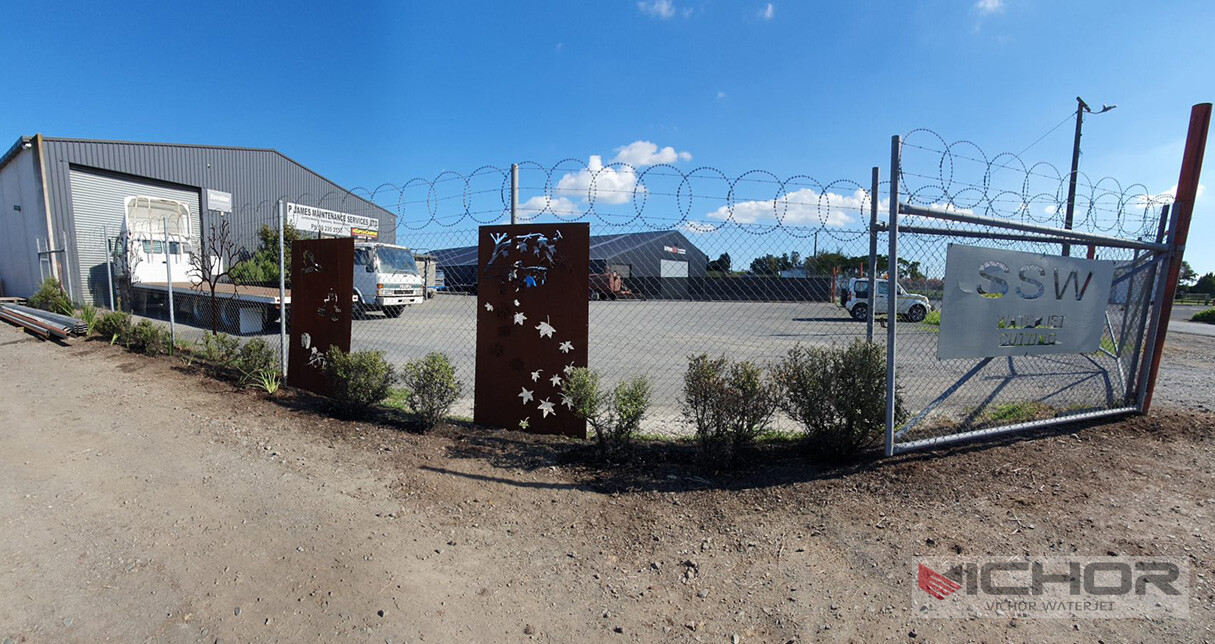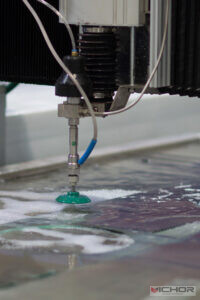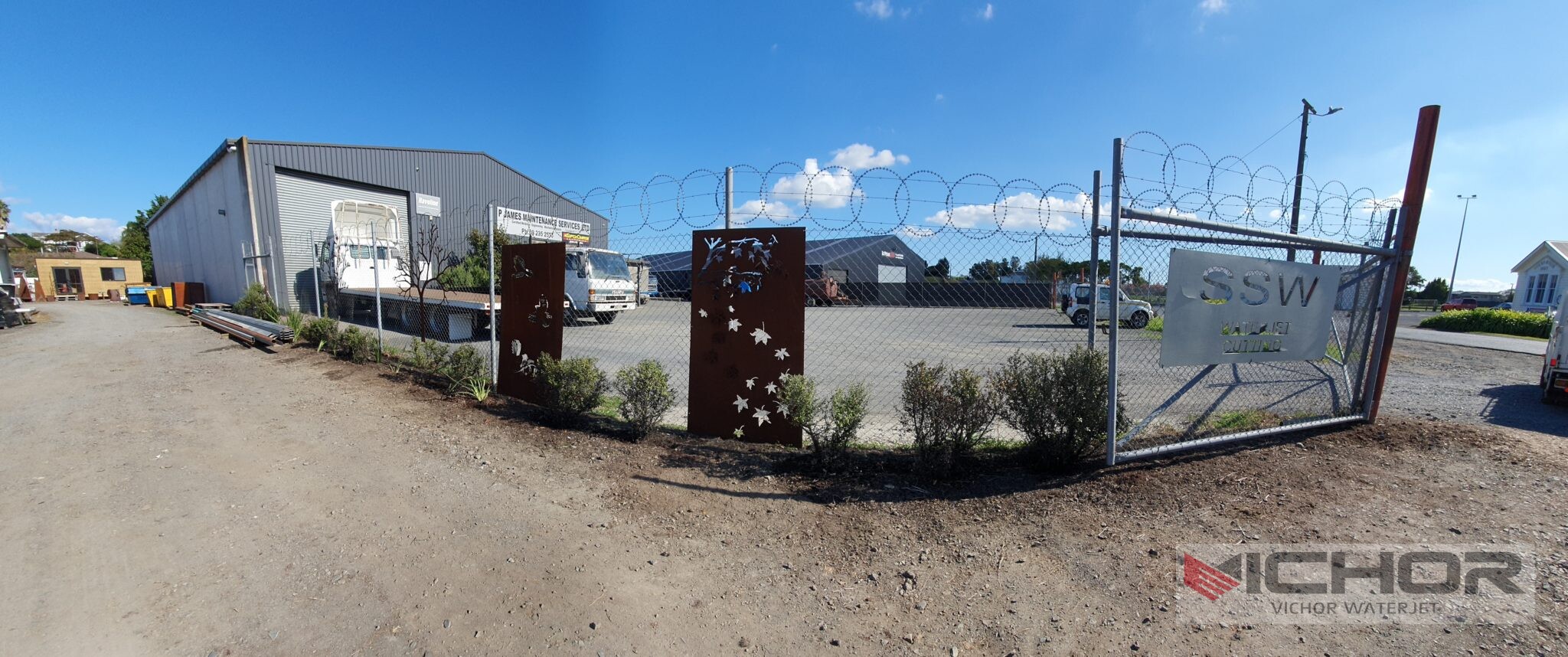
How Waterjet Guided Laser Technology is Revolutionizing Precision Cutting
In the relentless pursuit of manufacturing perfection, where the demands for precision, quality, and versatility constantly increase, a unique hybrid technology has emerged to meet the challenge. This technology, known as waterjet guided laser, seamlessly merges the intense energy of a laser beam with the cooling and guiding properties of a fine waterjet. It represents a significant leap forward, offering solutions to limitations that have long plagued traditional laser cutting and machining processes. For engineers, manufacturers, and innovators seeking the pinnacle of precision, understanding waterjet guided laser technology is essential. This article delves deep into its principles, advantages, and the transformative impact it is having across various high-tech industries.
The Core Principle: How Does a Waterjet Guided Laser Work?
At its heart, the waterjet guided laser is a marvel of physics and engineering. The process begins with a high-power laser beam, typically from an infrared laser source. This raw laser beam is focused into a nozzle assembly, but instead of traveling through air, it is coupled into a precisely formed, ultra-thin jet of water.
This is achieved through a phenomenon called total internal reflection, similar to how light travels through a fiber optic cable. The water jet, often as fine as 50 to 150 micrometers in diameter, acts as a dynamic, liquid optical waveguide. The laser light is reflected along the inner wall of the water jet, propagating with it to the workpiece. This creates a continuous and perfectly aligned “laser-in-waterjet” tool that delivers energy directly to the material’s surface.
The water itself is highly purified and deionized to ensure optimal optical transmission. The result is a cutting and machining tool where the water jet not only guides the laser but also cools the workpiece and immediately expels the molten material, all in a single, coherent process.
Unmatched Advantages Over Traditional Laser Cutting
The unique working principle of the waterjet guided laser unlocks a suite of advantages that traditional “dry” laser cutting cannot match.

Dramatically Reduced Heat-Affected Zone (HAZ): This is arguably its most significant benefit. In dry laser cutting, the intense heat can spread into the material, causing micro-cracks, structural changes, and thermal stress. The waterjet guided laser system uses the water jet to cool the cut area instantly and continuously. This localized thermal management confines the heat energy precisely to the cut path, virtually eliminating the HAZ. This is critical for processing heat-sensitive materials like certain metals, ceramics, and semiconductors.
Exceptional Cut Quality and Parallel Kerf: Because the water jet guides the light, the laser beam does not diverge. It maintains a constant diameter and high energy density from the nozzle to the workpiece, even over a distance of several millimeters. This results in perfectly parallel sidewalls on the cut, with a high-quality surface finish that often requires no post-processing. There is no tapering of the kerf, which is a common issue with focused laser beams in air.
Ability to Process Reflective Materials: Cutting highly reflective materials like copper, brass, aluminum, and gold with a traditional laser is notoriously difficult. The reflected energy can damage the laser optics and cause unstable cutting processes. In a waterjet guided laser system, the water jet’s surface is in constant motion and is not reflective to the laser wavelength used. This allows for smooth, efficient, and safe processing of reflective materials that were previously challenging to work with.
Diverse Industrial Applications: Where It Shines
The unique capabilities of waterjet guided laser technology make it indispensable in several high-precision industries.
Semiconductor and Electronics Manufacturing: The technology is perfect for dicing and scribing fragile and heat-sensitive semiconductor wafers (e.g., silicon, gallium arsenide), cutting PCB substrates, and structuring thin-film solar cells without causing micro-damage that would impair performance.
Medical Device Manufacturing: The medical industry requires extremely precise, clean, and burr-free cuts on often tiny components. Waterjet guided laser is used to cut stents from nitinol tubes, machine bone drills and blades, and create intricate features on surgical instruments, all while preserving the material’s integrity.
Automotive and Aerospace: In these sectors, the technology is employed for cutting composite materials, trimming carbon fiber reinforced polymers (CFRP), and processing heat-sensitive alloys. The lack of thermal damage ensures the components retain their full strength and fatigue resistance.
Fine Metal Processing: From cutting thin shims and meshes to creating complex patterns in jewelry, the ability to handle reflective metals and produce clean edges makes it a superior choice for detailed metal work.
A Clear Comparison: Waterjet Guided Laser vs. Traditional Methods
It’s important to distinguish this technology from other processes it is sometimes confused with.
vs. Dry Laser Cutting: As detailed above, the key differentiator is the presence of the guiding water jet, which enables cooler, higher-quality cuts on a wider range of materials, especially reflectives and heat-sensitives.
vs. Abrasive Waterjet Cutting: While abrasive waterjet is a powerful mechanical cold-cutting process, it is not a laser technology. Abrasive waterjet is excellent for thick materials but lacks the fine, thermal precision of a laser. Waterjet guided laser offers a much smaller kerf width, higher detail resolution, and a purely thermal cut without mechanical force or abrasive embedment.
The Future and Considerations of Adoption
The future of waterjet guided laser technology is bright. Ongoing research is focused on increasing laser power for cutting thicker materials, improving cutting speeds for higher throughput, and integrating the systems more seamlessly into automated production lines. As the technology matures, it is also becoming more accessible and cost-effective for a broader range of manufacturers.
For those considering adoption, it’s important to weigh the higher initial investment against the unparalleled quality, reduced post-processing costs, and ability to work with specialized materials that were previously problematic. It is not a replacement for all other cutting methods but rather a specialized tool that excels in applications where extreme precision and minimal thermal impact are non-negotiable requirements.
Waterjet guided laser technology stands as a testament to innovation in advanced manufacturing. By elegantly combining two powerful forces—light and water—it overcomes the fundamental limitations of traditional thermal processes. It delivers precision that was once unimaginable, enabling the creation of next-generation products in electronics, medicine, and aerospace. As this technology continues to evolve and become more widespread, it is poised to become the gold standard for precision machining, pushing the boundaries of what is possible in material processing and setting a new benchmark for quality and efficiency.
continue reading



